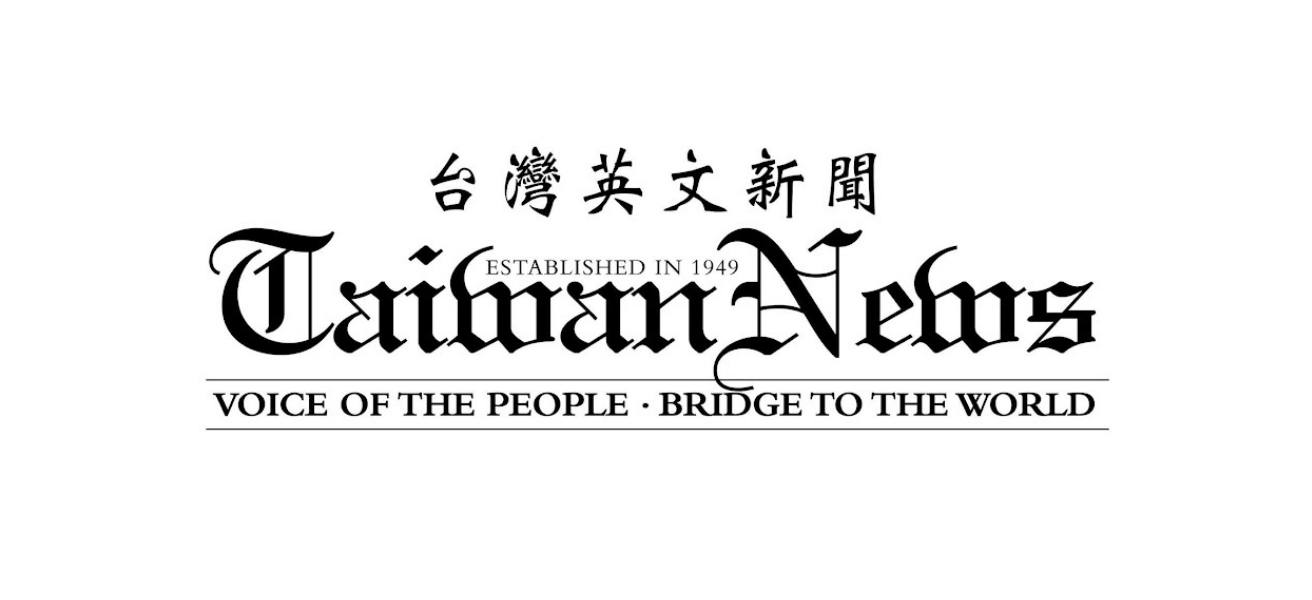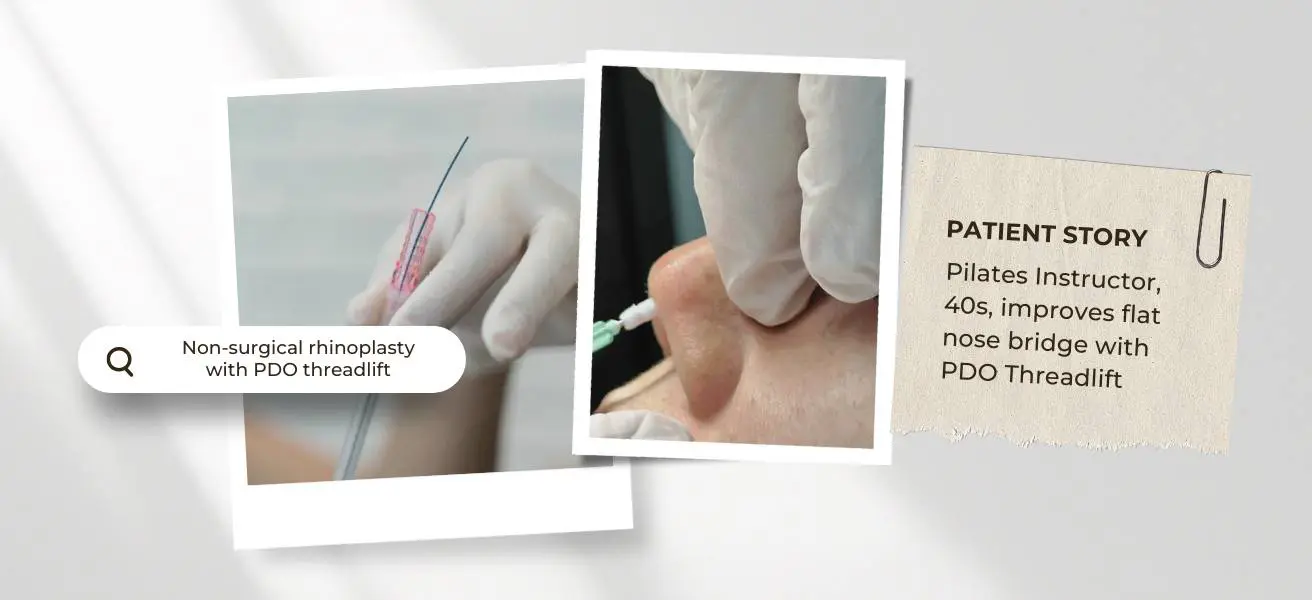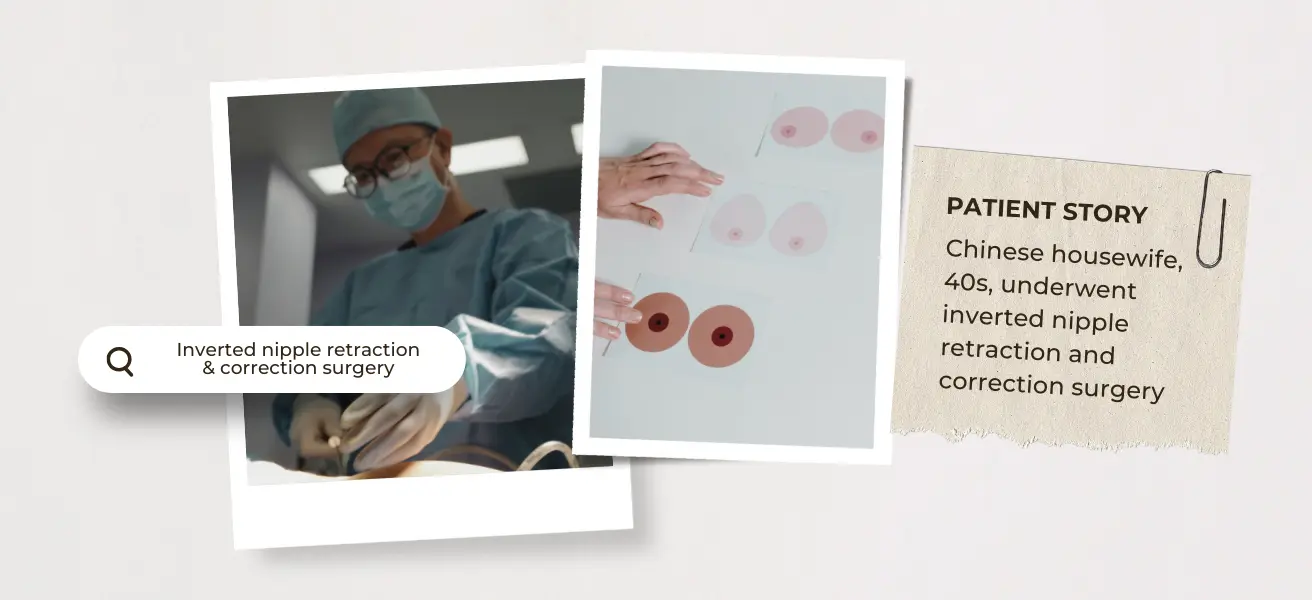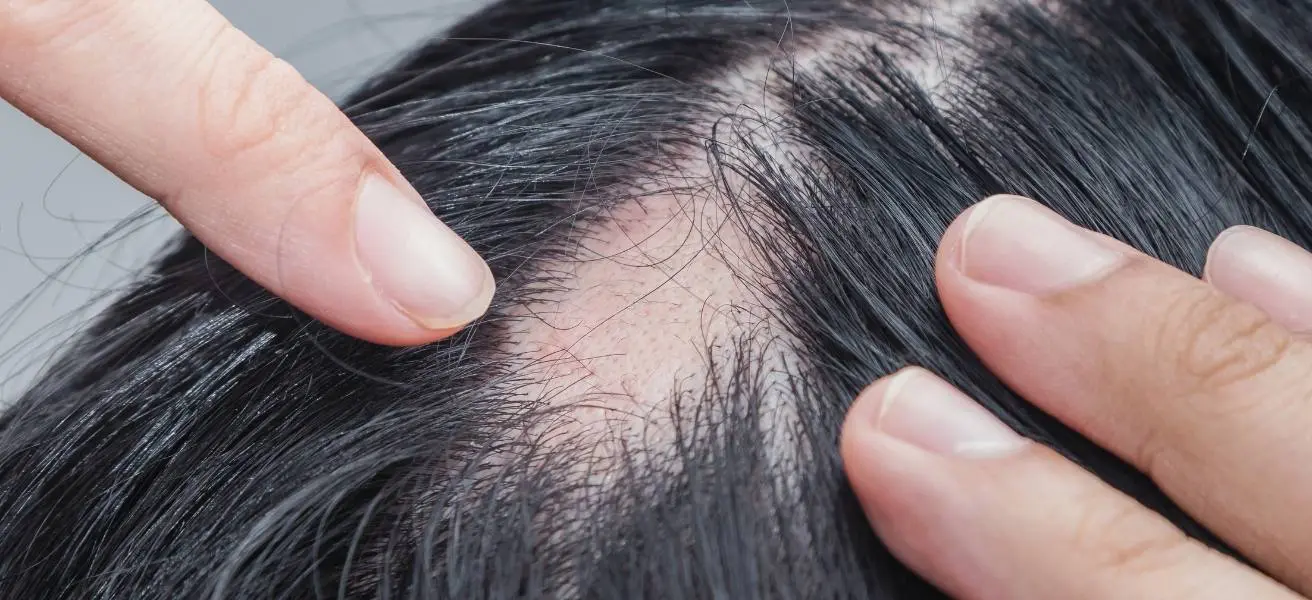"Abs are made in the kitchen." Weight loss, just like abs, also starts in the kitchen. Here are some healthy dietary habits to consider.
Table of Contents
During pregnancy, your little bean may not be the only thing growing in your body…
You may notice bumps in the underarms, but fret not; armpit lumps and accessory breast tissue during pregnancy are common.
How to spot if it’s axillary accessory breast or fat
Armpit fat is simply a fat mass around your underarm area.
The axillary accessory breast is a medical condition where the breast tissue is found outside the normal breast area, usually around the armpit area.
What is an axillary accessory breast?
Medically known as polymastia, axillary accessory breast tissue may mimic or be misunderstood as armpit fat, as it commonly occurs in the armpit or underarm area.
It is often undetected until the individual reaches puberty.
In simple terms:
- Axillary accessory breast tissue is additional abnormal tissue found aside from the normal breasts.
- The tissue tends to increase in size and may cause soreness and swelling.
- This is due to the hormonal changes caused by pregnancy and lactation.
- Extra nipples may also be evidenced upon examination, and the areolas may be darkened.
- It looks like normal breast tissue in a mammogram, but is separate from the breast. The tissue also appears as normal breast tissue in ultrasonography [2].
Common occurrence of axillary accessory breast tissue during pregnancy
Accessory breast tissue is uncommon and only occurs in 0.4 to 6% of women.
It is commonly located in the axilla, hence the name, axillary accessory breast, and is often misdiagnosed.
Usually, it is bilateral and may present as an asymptomatic mass during pregnancy or lactation [1].
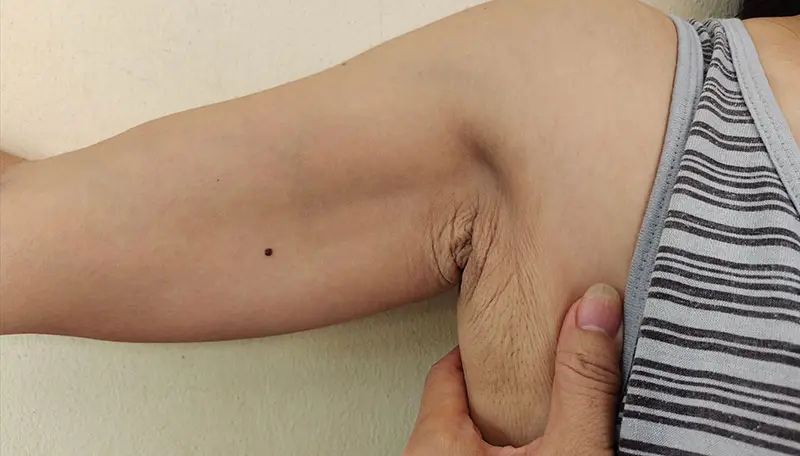
Symptoms of accessory breast tissue
Symptoms of the condition include:
- swelling
- tenderness
- thickened armpit
- a reduced range of motion in the shoulder.
Some pregnant women with this medical condition experience milk secretion. The irritation experienced from clothing may also indicate the presence of accessory breast tissue.
Why and how do axillary accessory breasts develop during pregnancy?
- Hormonal changes can cause the breasts to be swollen, painful and tender to the touch.
- Pregnancy causes hormonal changes, and armpit lumps are due to the axillary extensions of breast tissue.
- Accessory breast tissue presence is often associated with advanced pregnancy, and when milk is produced.
- The body is being prepped for lactation during pregnancy.
- The breasts, nipples and areolas may enlarge.
- Breast tissue may also extend into the armpit area, which is why some women experience axillary accessory breast issues.
Is axillary accessory breasts cancerous?
Women with axillary accessory breasts should be examined for malignancy to rule out potential cancerous issues [1], although accessory breast tissue is extremely rare [2], comprising 0.3 to 0.6% of all breast cancers and occur most commonly in the axilla [3].
Where is accessory breast most common?

A fact not widely known is that accessory breast tissue also occurs in about ONE to THREE per cent of men. The figures are higher for women.
The tissue is usually found in the axilla, the armpit region, and may be bilateral. They can also be found anywhere along the thoracoabdominal region of the milk line.
Other possible locations include the following:
- chest wall
- vulva
- knee
- lateral thigh
- buttock
- face
- ear
- neck
Do accessory breasts interfere with breastfeeding?
Axillary accessory breast tissue becomes more pronounced during pregnancy or after giving birth due to hormonal changes. In the armpits, the excess tissue looks like milk ducts.
The “Tail of Spence” is a structure that extends into the armpits and can become engorged as it’s connected to the milk-producing breast tissue.
During breastfeeding, it’s common for the armpit to become engorged. However, axillary accessory breast tissue typically does not cause any issues with breastfeeding.
The psychological impact of accessory breast tissue on pregnant women
Pregnant women with axillary accessory breast tissue may experience potential body image issues.
Some experience arm movement and engorgement difficulties during menstruation or are concerned about the potential for malignancy [6].
If you are deeply troubled by it, and the condition does not subside after pregnancy, you may consider accessory breast removal via surgical excision.
Treatment options for pregnant women experiencing accessory breast tissue
Axillary accessory breast tissue does not go away on its own; it increases or decreases in size due to hormonal fluctuations. Repeated pregnancies can cause the tissue to reappear.
If you are pregnant and are experiencing symptoms of pain and discomfort in the accessory breast tissues, you should consult a doctor who is experienced in managing and treating this medical condition for further advice.

Post-pregnancy treatment options for accessory breasts
Surgical excision is a practical, permanent and effective method of addressing accessory breast issues.
It involves the removal of the axillary accessory tissue to relieve physical soreness, swelling and discomfort, as well as a much-improved appearance.
The result of a successful procedure includes being free from discomfort and pain with an improved range of arm motion.
Equally important, surgical excision of the accessory axillary breast tissue also improves its aesthetic appearance.













